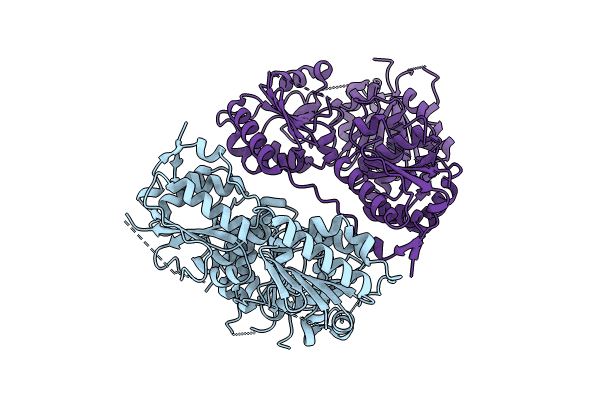
Deposition Date
2022-12-11
Release Date
2024-01-17
Last Version Date
2025-03-26
Method Details:
Experimental Method:
Resolution:
3.05 Å
R-Value Free:
0.28
R-Value Work:
0.23
R-Value Observed:
0.23
Space Group:
C 1 2 1


